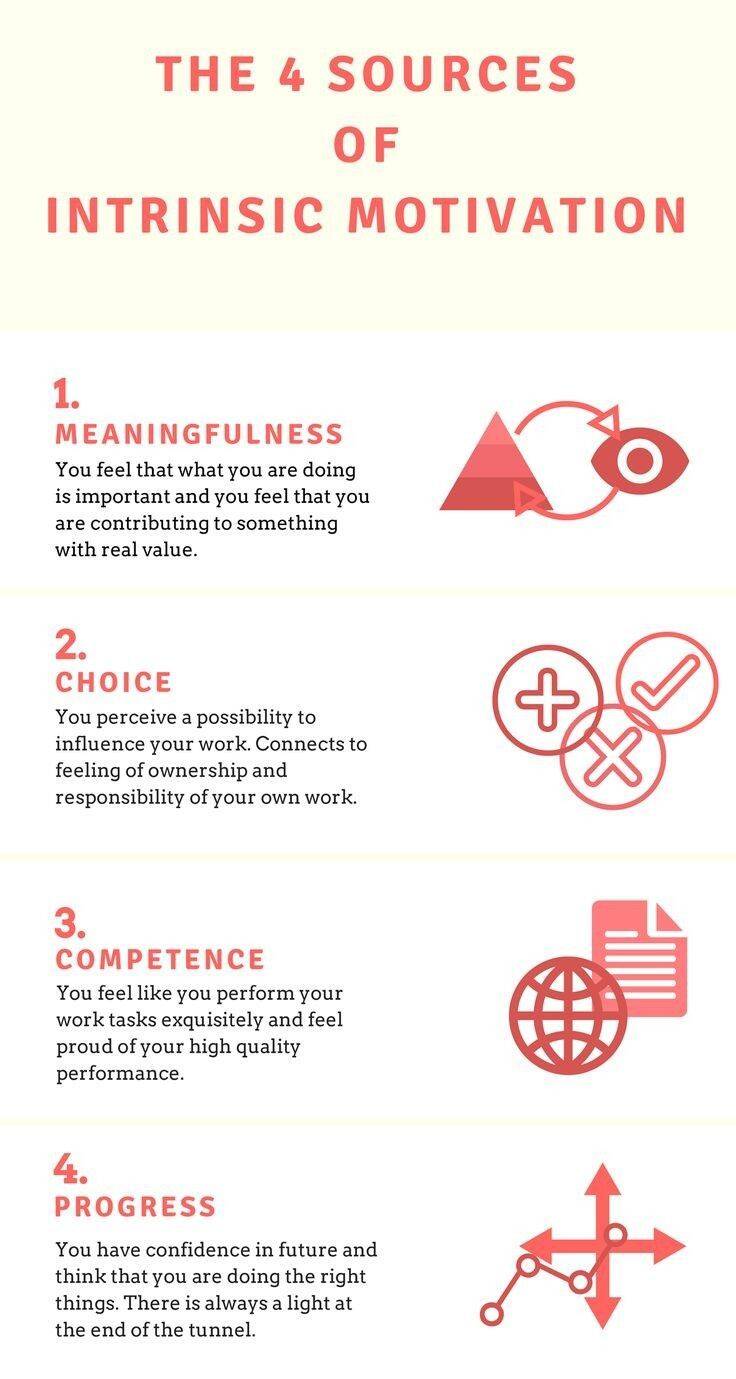
As we have long been taught, the new year is a great time to begin new routines, habits and change the course of our health and wellbeing through the infamous New Year’s Resolution. Many people experience the disaster of late January when their motivation and dedication fail, they return to their lives barely altered from their efforts. These resolutions rarely have the foundations and systems to support lasting change, and people exercising their willpower find that after a few weeks, they are drained, distracted or otherwise off the bandwagon.
There are key reasons that resolutions fail, and understanding the tools available in assisting with motivations and habit evolution can set you up for a year of health, wellbeing, pride and competence. If you are considering new habits and goals in 2024, keep reading to learn ways to make these changes sustainable and meaningful.
When we feel good, feel motivated, it is easy to set intentions and goals, starting a new routine without the planning, consideration and care that is required to make it last. We take these flimsy intentions and transform them into lasting health by understanding what is motivating the intention and how we can truly support ourselves through the process. There are two categories of motivation: Intrinsic Motivation (which I’ll call IM), and Extrinsic Motivation (EM). Intrinsic motivation is experienced when we perform an activity for its own sake because we experience it to be inspiring, enjoyable and rewarding. Extrinsic Motivation is when an activity is performed because we expect to earn a reward from some external source, such as a paycheck or a treat of some variety.
There are many activities that can engender both forms of motivation. When it comes to transforming habits, it is believed that Intrinsic Motivation is the ideal form. Extrinsic Motivation can be used as a helpful tool to empower one’s experience of Intrinsic Motivation. In this article, I’ll describe the Habit Loop, providing tools, explanations and suggestions on how you can cultivate Intrinsic Motivation to set yourself up for success in your 2024 transformation.
Let’s examine the idea that IM is ideal because it does not require outside reinforcement. Some argue that this is related to the American value of Individualism–and that we do not respond as well to community-oriented motivation as we do to personal, individualized responsibility. I would like to propose that the prime motivator in many individuals is obtaining a sense of autonomy. This is distinct from the concepts of individualism, independence, or separateness.

“A person is autonomous when his or her behavior is experienced as willingly enacted and when he or she fully endorses the actions in which he or she is engaged and/or the values expressed by them. People are therefore most autonomous when they act in accord with their authentic interests or integrated values and desires (Deci & Ryan, 1985, 2000; Ryan, 1995).”

Having a strong sense of autonomy is extremely helpful in habit forming and skill development. It is also helpful in opening one to the concept of radical accountability. If one experiences autonomy, it implies that the choices one makes are of their own will, and more often than not when given the choice, people choose to participate in activities they enjoy. Building new habits requires genuine enjoyment, whether that is drawn from a beautiful result or an experience of competence and pride in one’s work.
So what do we do when we are faced with a task we know we do not enjoy? This is where EM comes in clutch. When we put ourselves to a task, giving it all our will, we quickly find that willpower alone will never get us where we want to go. Willpower is a short-term solution. However, developing intrinsic motivation helps to “recharge the battery of willpower”, allowing for more sustainable habit building.
When trying to cultivate IM, it is important to know that progress is more important than perfection. People tend to respond better to praise around effort, rather than ability. This is one of the reasons that starting small is a gateway to developing better habits. For example, giving yourself a reward for working out 5 minutes a day is more useful and achievable than setting a standard of 30 push-ups in 5 minutes. Goal setting can be helpful in achieving a specific outcome, but it is building systems and healthful habits that create sustained wellbeing. Working out daily is a habit, doing 30 push-ups is not.
Another useful tip is that EM given when a person already experiences IM around an activity is detrimental to progress. People tend to be less motivated when their efforts motivated by enjoyment are rewarded with external praise from an outside source. EM is helpful when trying to build a new habit that a person doesn’t have IM for–done right, EM can help foster IM. This cultivation of IM occurs when a person completes a task or activity that they don’t enjoy, but they receive reward and recognition for their achievement. This reward can help to build confidence, pride and a sense of competence, which all nourish the seed of Intrinsic Motivation. In time, both forms of motivation become present in an activity that was previously unrewarding. It is within our power to turn a thankless task into one driven by IM, whether that task is directed at ourselves or someone under our care.
Habits appear in countless areas of our life–in many ways, it is the failure to recognize habits that engenders stagnancy. When we develop the skill of identifying habits, we gain the power to be intentional in how we use and experience them. Habits occur in a cyclic pattern, and there are a couple of positions in that pattern where we are better able to leverage change.

If you are interested in altering a habit, the key area to change is the routine. However, there are other ways to make the whole cycle easier and more enjoyable–it just takes a little strategy.
- Make the Cue OBVIOUS–it is harder to ignore a blaring horn than a gentle nudge.
- Make the Reaction Pleasurable–our brain is chemically inclined to support habits around things we enjoy.
- Make the Routine Easy–make it so easy that it is actually more work to fail than to succeed.
- Make the Reward Satisfying– it is more impactful to experience a meaningful result than to settle for something halfway.

There are many reasons people struggle to change their habits– lack of interest, lack of enjoyment, lack of competence, fatigue, health issues, insufficient education around a topic or habit–but the underlying thread is that there is an absence of quality systems to support the development and sustainability of a new routine. These systems can look like changes in your home environment, schedule, tools and priorities, and it is also important to remember that relationships function as a system of support. If you are not surrounded by people who support and challenge you to improve for your own benefit, you can bet you have a weak link in your efforts to evolve. The alteration of your relationships isn’t always necessary, but it is helpful to be open to examining the nature of your surroundings.
If you desire your habits to really stick and help you to live a healthier, more satisfying life, you must ultimately move away from goal-setting as your primary system of improvement. Goals are helpful in initiating a journey, but they end in a deadline. What happens when you reach that deadline and don’t have a plan for what comes next? Reliance on goals only works in the short term because when you complete them, you are set adrift. If you don’t have a system for adaptation, you can just as easily be pushed back by the tide of possibility as move forward toward your dreams of wellbeing and exciting adventure.
A key for long term change is found in shifting toward identity-based behavior, rather than goals. If you believe yourself to be an active person, it is difficult to dissuade you from that belief. Begin by creating systems that support your desired lifestyle. To uncover what your desired lifestyle might be, try writing out all your dreams and values. Reflect on your behavior and routine at this point in your life. Do you have habits and systems that support your desires, beliefs and values? Remember it is important to intentionally use language to shift our perspective and behavior. Try using statements like, “I am the kind of person who (fill in the blank).”
If you complete this journaling exercise, you should come up with a handful of areas in which you could begin to make changes around your habits. Whatever you used to fill in the blank is a dream, but the phrasing ties it to your identity–a far greater Intrinsic Motivator. If you don’t know where to begin in your wellness journey, it is always good to start with (and regularly return to) the foundations...
Join the Hungry Hearts Society for exclusive access to the full article, packed with tips and strategies to enhance your wellness journey, including insights on sleep, diet, movement, mental health, and more! Discover printable tools to help fortify habits and foster intrinsic motivation for a fulfilling, healthier life.
Resources:
Intrinsic vs. Extrinsic Motivation: What's the Difference?
The Psychology Behind Motivation
Atomic Habits, by James Clear


Add comment
Comments